Queensland grazier says gas and stock can co-exist
A long-awaited plan to set the terms for how gas and oil companies can operate in Queensland’s section of the Lake Eyre Basin catchment has missed its deadline.
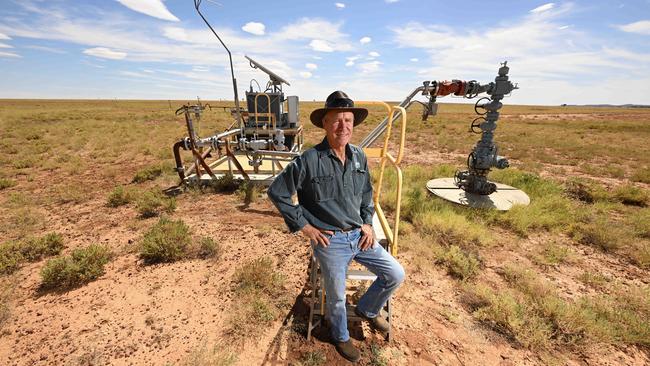
A long-awaited plan to set the terms for how gas and oil companies can operate in Queensland’s section of the ecologically and culturally significant Lake Eyre basin catchment has missed its deadline.
Queensland Labor promised before the 2015 state election to revive the former Bligh government’s Wild Rivers framework to limit new gas exploration in the region.
Seven years later, the promise is yet to be delivered and a regulatory impact statement for the proposed framework, due by the end of 2022, is yet to be released, despite its formative advisory group disbanding in August.
Conservationists, who fear last-minute changes are being made, have called for no new “conventional” gas operations, a ban on “unconventional” methods like fracking, and tighter regulatory protection of the Georgina and Diamantina rivers and Cooper Creek.
Graziers within the Lake Eyre Basin catchment have previously raised concerns about their ability to maintain their organic status if further gas exploration goes ahead.
Quilpie mayor Stuart Mackenzie, who runs 15,000 sheep and 400 cattle on Plevna Downs, near Eromanga in southwestern Queensland, is more optimistic about the ability of graziers and gas companies to operate side by side.

Plevna Downs has been certified organic since 1996, despite the three producing gas wells on the 112,000ha property.
“We’ve been able to co-exist,” Mr Mackenzie said.
The first well on Plevna Downs was sunk in 1967, and several have been drilled since. Most of his neighbours have them, and they are compensated about $5000 a year for each well.
“The impact of the pipelines was only for a few weeks while they were laid,” Mr Mackenzie said. “They’re buried and not blocking the overland flow (of water).”
Mr Mackenzie said he was supportive of the gas industry in the area because of the benefits it brought the community.
“From a council perspective, the rates from resources companies are a big part of our yearly budget. It’s not like coal-seam gas with 50 wells in eyesight and it’s not like they’ve got open slather.”
Plevna Downs lies outside the scope of the Palaszczuk government’s proposed Lake Eyre Basin protections, but similar gas operations already exist within the adjacent Cooper Creek flood plain.
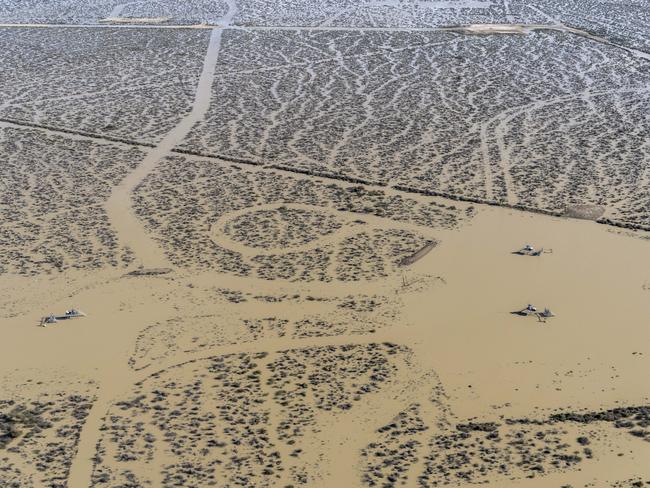
Queensland Environment Minister Meaghan Scanlon said the government was still preparing the regulatory impact statement.
“This is an extensive body of work that needs to be done thoroughly and properly,” Ms Scanlon said.
“The government has been working with stakeholders to ensure adequate protection of Lake Eyre Basin streams and watercourses while also supporting sustainable economic development, and ensuring that all voices, and particularly those of traditional owners, are heard.”
The Western Rivers Alliance, which represents a group of graziers, traditional owners and conservationists, has called for all gas and oil mining within the catchment to be banned.
“A single toxic spill on a Channel Country flood plain could have disastrous impacts for the grazing industry and the natural environment,” Western Rivers Alliance co-ordinator Riley Rocco said.


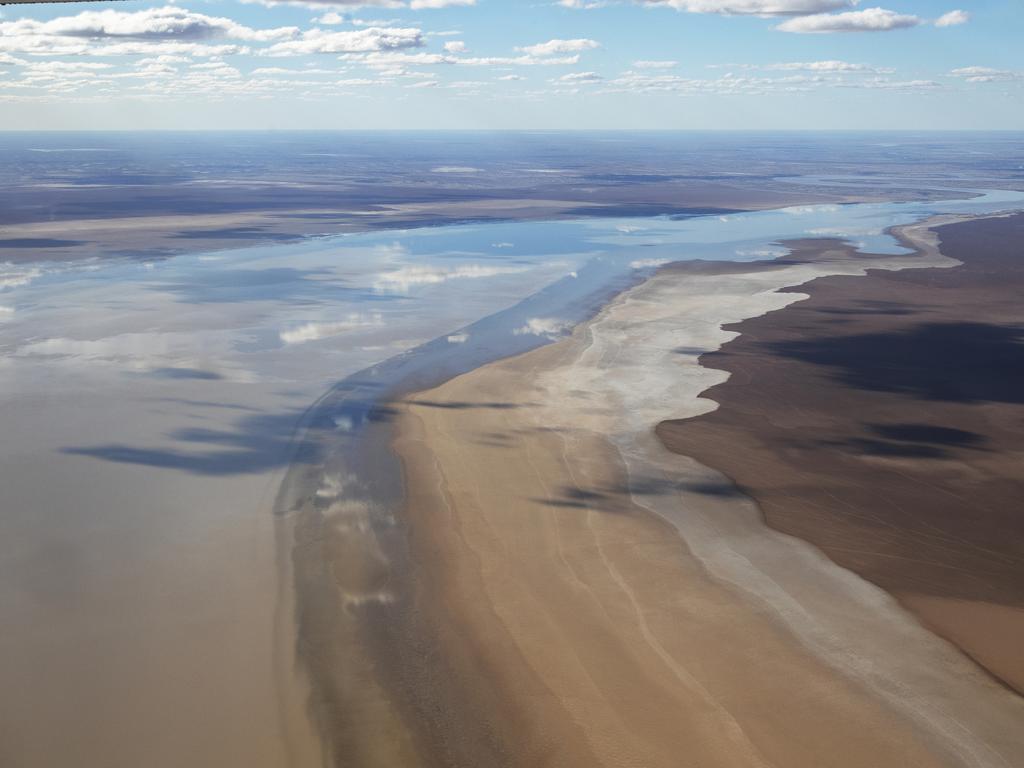
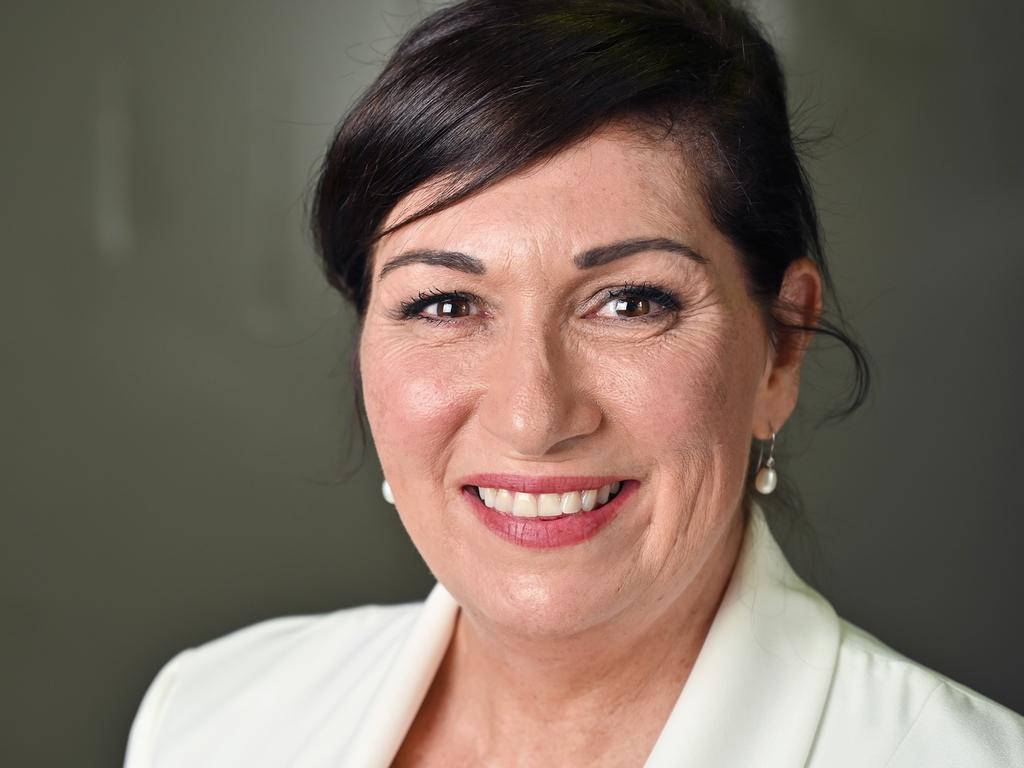

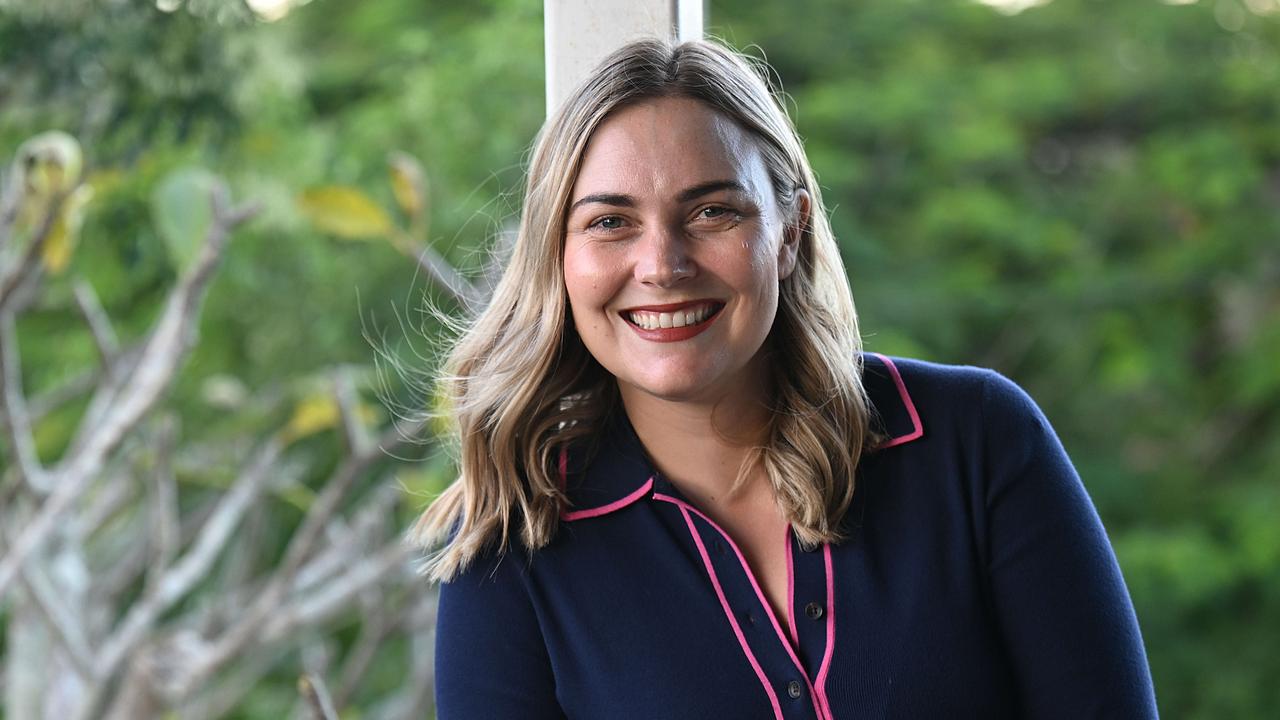

To join the conversation, please log in. Don't have an account? Register
Join the conversation, you are commenting as Logout